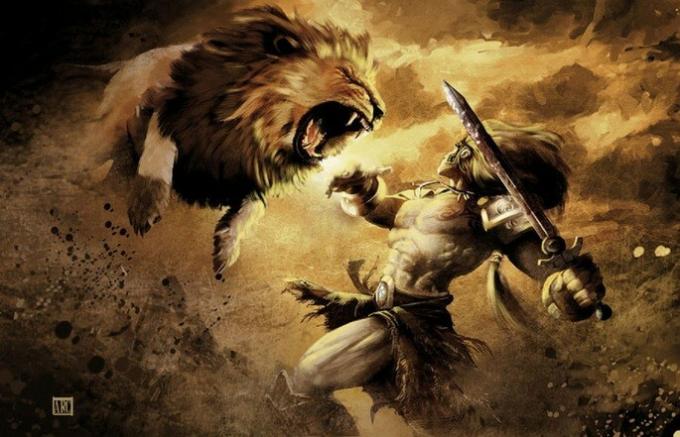Bourgeoisie is understood as the dominant class, owner of the means of production, raw materials and holders of financial capital. The proletariat, on the other hand, represents the working class, which owns only its own workforce.
This distinction is made on the basis of Marxist doctrine. For Marx, throughout history, humanity has developed from the antagonism between a ruling class and a class of individuals exploited by it. This he called the class struggle.
In modernity, the class struggle takes on its present form. For Marx, capitalist society is marked by the tension between the bourgeoisie and the proletariat.
| Bourgeoisie | Proletariat | |
|---|---|---|
| Meaning | Economically dominant class through ownership of the means of production and control of social life. | Working class, owner only of its workforce, also understood as an oppressed or dominated class. |
| Origin | In the Middle Ages, merchants constituted a specific social strata, owners of capital without the hereditary benefits of the nobility. | In the Roman Empire, the term proletarian it was used as a reference to the lowest class whose function was to generate children for the growth of the empire. |
| Example | Big businessmen, bankers, industrialists, landowners, etc. | Salaried workers, factory workers, service providers, State servants, small traders, etc. |
It is worth remembering that non-Marxist theories will hardly use this definition and division of classes proposed by Marx. The use of this distinction presupposes adherence to Marxist thought.
What is the bourgeoisie?
According to Marx, the bourgeoisie is “the class of modern capitalists, owners of the means of production and employers of wage labor”. The means of production are understood as: properties, raw material, machinery and structures for the realization of the product.
This social class dominates financial capital and, consequently, controls the state and cultural production, thus controlling all aspects of social life.
The term originates in the Middle Ages, the cities called burgos, built a new social class composed of merchants and liberal professionals. This class was superior to serfs, but with less power than the nobility.
The rise of the bourgeoisie culminated in the bourgeois revolutions and the end of the Middle Ages. With the change in the mode of production, economic power assumes centrality in defining what is produced and valued in society. The accumulation of capital takes the place of heredity in defining who controls society.
Thus, the bourgeoisie was constituted in opposition to the working class, in a relationship between the owners of the means of production and the owners of the workforce.
Unlike other periods in history, as it is defined only by accumulated capital, the capitalist system creates a greater possibility of mobility between classes.
On the other hand, there is also the proletarianization of part of the bourgeois class, with difficulties in maintaining the economic standards built over time. These phenomena generate the development of an intermediate class, which preserves aspects of both the bourgeoisie and the proletarian class.
The growth of this middle class defined by Marx as the “petty bourgeoisie”, observed throughout the 20th century, generates a complexification of the definition of social classes and the idea of class struggle.
In any case, contemporary authors tend to define the bourgeoisie as the social group that owns the means of production and/or the largest share of economic capital.
What is the proletariat?
The proletariat represents the working class or working class. They are those who own only their workforce and the products acquired through their sale.
The term proletariat is derived from the Latin proletarian, used to designate a class of people who fulfilled the social function of having children (offspring), for the development and growth of the Roman empire.
The term was rescued in Marxist theory to designate the class of workers who, through social reproduction, found capitalism generating profit from its exploitation. This profit is understood as exploitation because it occurs through a process called "surplus value".
The added value is unpaid work. The worker, responsible for carrying out the transformation of raw materials into consumer goods, does not receive a proportional payment for the work performed. The value of work goes far beyond the salary paid to the worker. This is the fundamental structure of the profit acquired by the bourgeoisie and it also defines the exploited class, the proletariat.
Thus, the proletariat is the subalternized and exploited class of the bourgeoisie. As it does not own the means of production, for its survival, it needs to adapt to wage labor stipulated and defined by the bourgeois class.
See also the differences between:
- capitalism and socialism
- communism and capitalism
- Bolsheviks and Mensheviks
- Direct, indirect and representative democracy
- monarchy and republic


